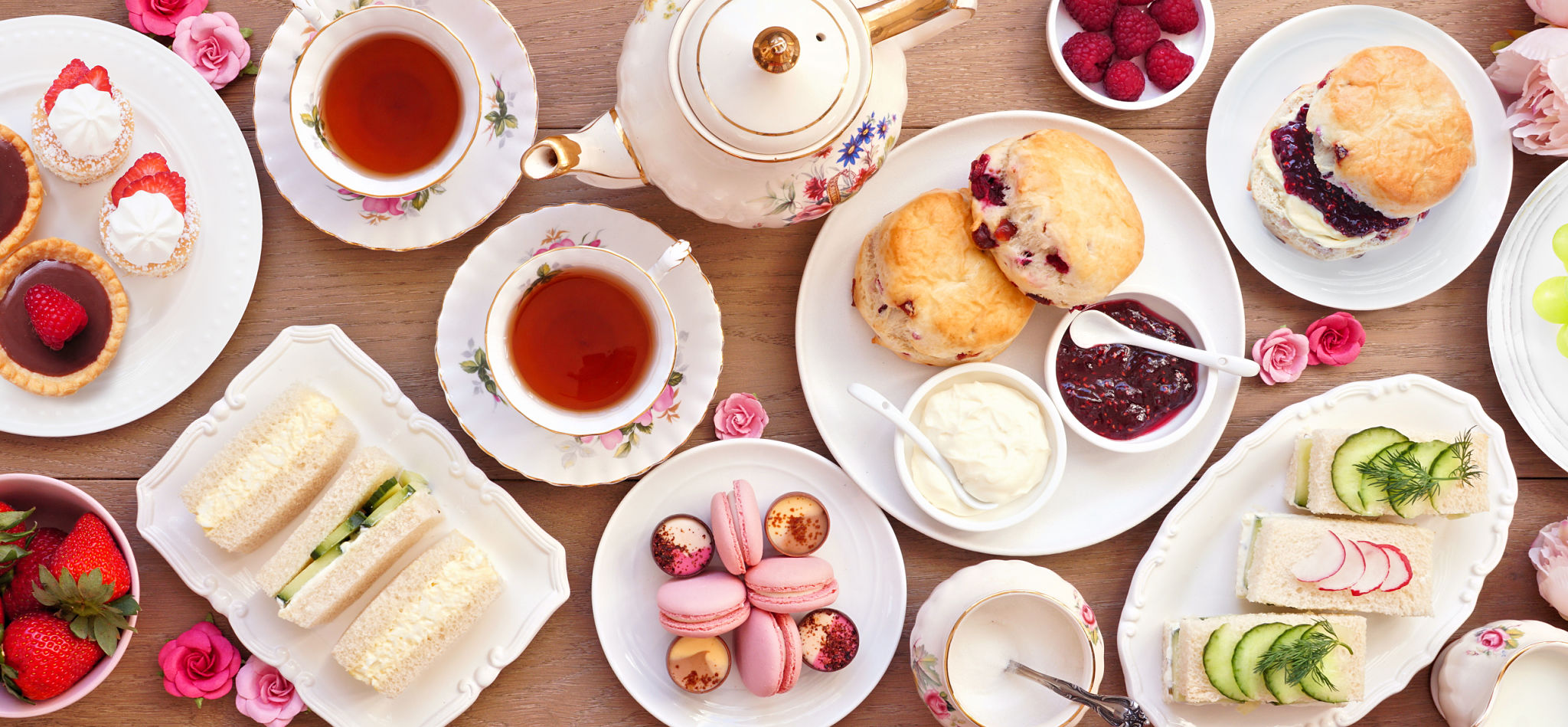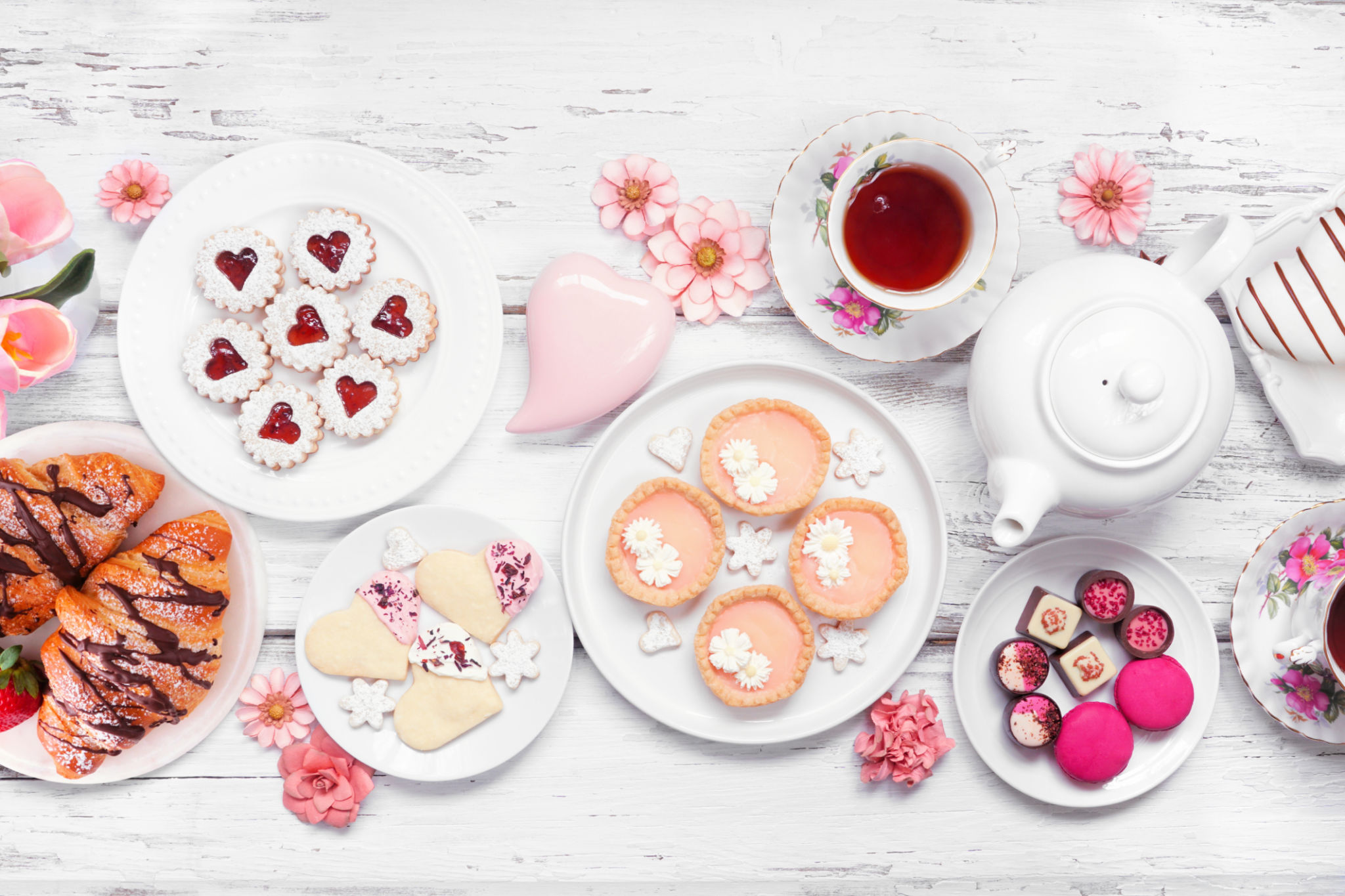Exploring the History and Tradition of Afternoon Tea
LK
The Origins of Afternoon Tea
The tradition of afternoon tea is a quintessentially British custom that dates back to the early 19th century. The practice was introduced by Anna, the Duchess of Bedford, who found herself feeling hungry during the long gap between lunch and dinner. To satisfy her afternoon hunger, she began inviting friends over for tea and a light snack in her boudoir.
This simple routine quickly gained popularity among the aristocracy, and soon, afternoon tea became a fashionable social event. By the late 19th century, the tradition had spread to various parts of the world, becoming a cherished ritual for many.

The Components of a Traditional Afternoon Tea
A traditional afternoon tea typically includes a selection of sandwiches, scones with clotted cream and jam, and an assortment of pastries and cakes. Each component plays a significant role in creating the perfect balance of flavors and textures.
The sandwiches are usually delicate finger sandwiches with fillings like cucumber, smoked salmon, or egg salad. The scones are often served warm, offering a delightful contrast to the cool, smooth clotted cream and sweet jam. Finally, the pastries and cakes provide a sweet ending to the tea experience.

The Role of Tea in Afternoon Tea
Of course, no afternoon tea is complete without a pot of freshly brewed tea. Traditionally, black teas such as Earl Grey or Darjeeling are served, but today, a wide variety of teas are available to suit different tastes. The choice of tea can greatly influence the overall experience, with some teas offering floral notes while others provide a more robust flavor.
It is essential to serve tea in fine china cups to enhance the experience, as the delicate material helps to maintain the tea's temperature while allowing the flavors to be fully appreciated.

Modern Takes on Afternoon Tea
In recent years, afternoon tea has evolved to include modern interpretations that cater to contemporary tastes and dietary preferences. Many establishments now offer themed afternoon teas, incorporating elements from different cultures or focusing on specific ingredients such as chocolate or champagne.
Additionally, there are gluten-free, vegan, and vegetarian options available, ensuring that everyone can enjoy this delightful tradition. These modern variations continue to honor the core elements of traditional afternoon tea while adding new and exciting flavors to the mix.
The Social Aspect of Afternoon Tea
Afternoon tea is not just about food and drink; it is also about the social aspect. It provides an opportunity for friends and family to gather, share stories, and enjoy each other's company in a relaxed setting. The tradition has always been associated with elegance and sophistication, making it a popular choice for celebrations such as bridal showers and birthdays.
Moreover, afternoon tea can be enjoyed at home or in a variety of settings, from luxurious hotels to quaint tearooms. Each location offers its unique ambiance, enhancing the overall experience for guests.

The Global Influence of Afternoon Tea
While afternoon tea originated in Britain, its influence has spread worldwide. Countries like Japan have embraced the tradition, incorporating local flavors such as matcha into their offerings. In Australia and New Zealand, high tea is a popular pastime that often includes a more substantial meal than its British counterpart.
This global adaptation highlights the versatility and enduring appeal of afternoon tea. It remains a beloved tradition that continues to captivate people across different cultures and generations.